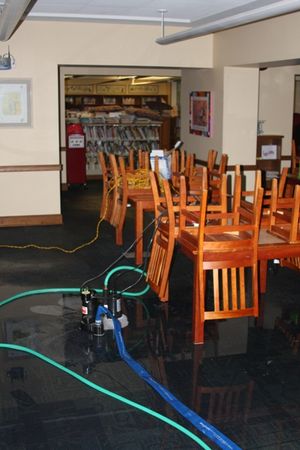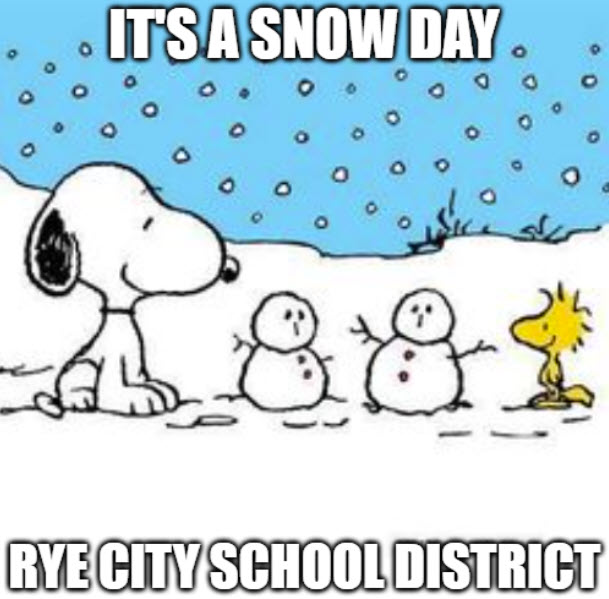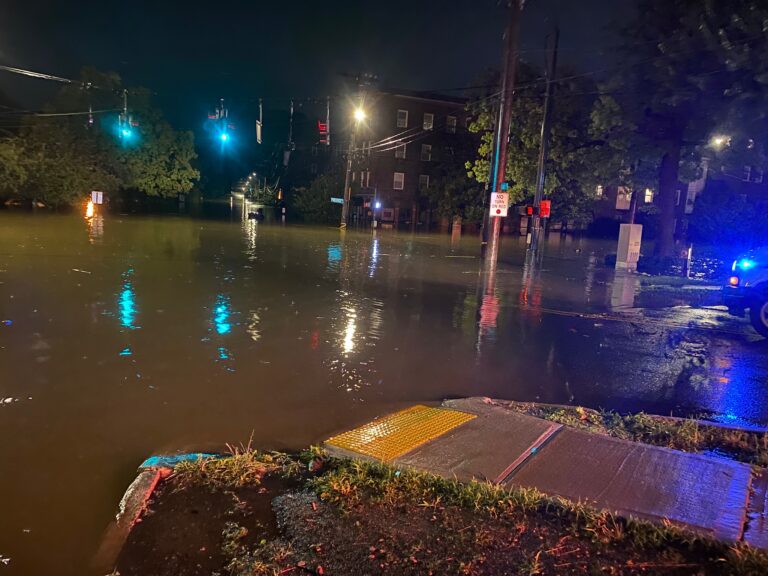Hurricane Sandy Headed to Rye NY? Get Ready…
Rye PD has issued the followimng warning about Hurricane Sandy:
HURRICANE/TROPICAL STORM PREPARATION
A watch means that a tropical storm or hurricane has become a threat to coastal areas, and is usually issued 24 to 48 hours before expected landfall. Anyone covered by a watch should listen for current advisories, and act promptly if a warning is
issued.
A tropical storm warning means that winds of 39 to 73 mph, as well as high and rough seas…are expected in a specific coastal area within 36 hours.
A hurricane warning means that hurricane force winds of 74 mph or greater, as well as high and rough seas…are expected in a specific coastal area within 36 hours.
Precautionary actions should begin immediately whenever a warning
is issued.
Before the storm:
Stay informed by monitoring the latest hurricane and tropical storm advisories. Listen to radio and television reports, as well as NOAA weather radio to get the latest advisory updates.
Listen carefully to local officials and evacuate the area if told to do so. Leave low lying or coastal areas as well as offshore islands. These are the locations most prone to storm surge. The storm surge is the most dangerous part of a hurricane or tropical storm. The surge is a dome of water that comes across the coast as the storm makes landfall. Water levels can range from 4 to as much as 7 feet above normal sea level. Superimposed on this high storm tide are large wind driven waves. Nine out of ten deaths resulting from hurricanes have historically been the result of storm surge. If you live close to the coast in a mobile home you should evacuate to a more substantial shelter, even if you are not in a
storm surge prone area.
If evacuation is not required or recommended, stay at home if your house is sturdy and on high ground. If your plans call for evacuation be prepared to go to shelters, to a nearby friends or relatives home, or to cities well inland away from the storm.
If utilizing official shelters, learn their locations beforehand and the most direct safe routes to get to the shelter.
Make sure you have the following supplies:
Obtain a portable battery operated or hand-cranked radio along with a fresh supply of batteries. A radio will be one of your most useful sources of information.
Obtain several flashlights with fresh batteries. Use of candles for lighting is not recommended for safety reasons. Have enough extra batteries to last for several days. There may be no electricity after the storm.
Have a full tank of gasoline in your automobile. Never let your vehicle gas tank be less than half full during a hurricane or tropical storm threat. Electrically operated gas pumps may fail during the storm.
Obtain canned goods and non perishable foods. Store packaged foods which can be prepared without cooking and need no refrigeration, as there may be no electricity or gas after the storm. Refill needed prescription medications.
Obtain containers for drinking water. Have clean, air tight containers to store a sufficient water supply for several days. The city water supply will possibly be interrupted or
contaminated.
Obtain materials for protecting glass openings. Have shutters or lumber for protecting large windows and doors. Use masking tape on small windows. Putting tape on glass windows or doors will not prevent flying debris from breaking the glass, but will minimize the spreading and shattering of glass if the window does break.
Have materials for emergency repairs. Your insurance policy may cover the cost of materials used in temporary repairs, so keep all receipts. These will also be helpful for any income tax deductions.
Moor your boat securely or move it to safe shelter. Secure outdoor objects or bring them indoors. Bring pets indoors.
During the tropical storm or hurricane:
Stay indoors and away from windows and doors. Take refuge in a small interior room.
Beware of the eye of the storm. This calm center of the storm can be deceptive due to its clearing sky and relatively calm winds. The eye is bordered by winds and rains of maximum force that will increase rapidly and from the opposite direction to the winds and rains prior to the arrival of the eye. One should not venture out of safe shelter into the eye of the storm, as rapidly deteriorating conditions will follow.
After the storm has passed:
If you need to use an alternate source of electricity for your home, be careful. Observe all safety precautions to avoid carbon monoxide poisoning, electrocution or a fire. Portable generators should only be operated outdoors in a dry and well ventilated area. Never operate a portable generator indoors. Have your generator connected by a licensed electrician and ensure compliance with local codes to avoid back feeding electricity into the power system, which can pose a serious danger to emergency responders or utility workers.
If you evacuated to a public shelter, remain there until you are told that is safe to return home. Listen to your local radio or television for advice and instructions from the local government officials regarding food, housing and other forms of assistance.
Do not drive unless necessary. The streets are likely to be filled with debris and downed power lines. Roads should be primarily reserved for emergency vehicles and essential rescue and recovery work.
Avoid loose or dangling wires and report them to your local electric company as soon as possible. Report all broken or damaged water, sewer, gas and electrical lines.
Always assume that downed wires are live.
Hurricanes and tropical storms moving inland can cause severe flooding due to heavy rainfall. Stay away from river banks, creeks or streams. When driving, do not drive into areas where water covers the roadway; the water may be too deep to safely navigate. Remember…live to drive another day. Turn around…don’t drown.
If you left your home for the storm, cautiously re-enter upon returning after the storm has passed. Check for gas leaks, food spoilage, water and wind damage.
Discuss hurricane preparedness with your family. Share your ideas with friends, neighbors and relatives. Hurricane preparedness is a job for everyone in the community.
For additional help or assistance on hurricane preparedness see the FEMA website, www.ready.gov. Information will be posted on the City of Rye website, www.ryeny.gov.






